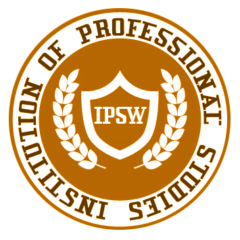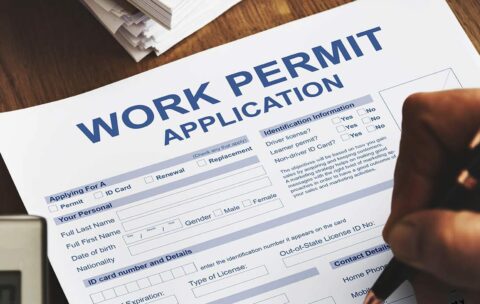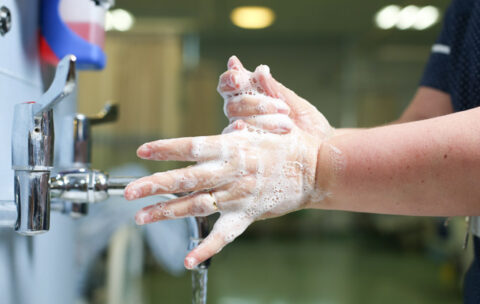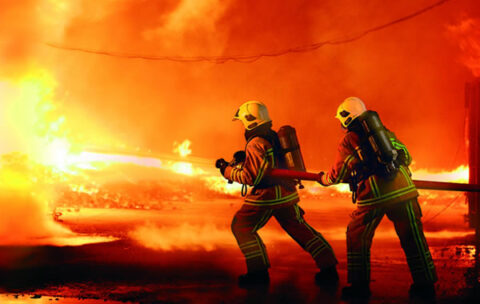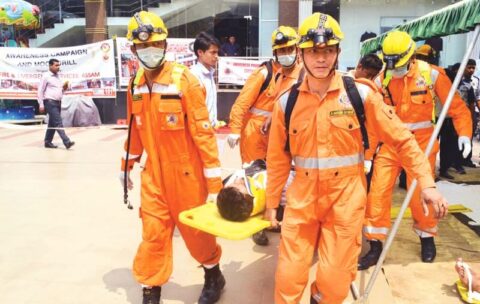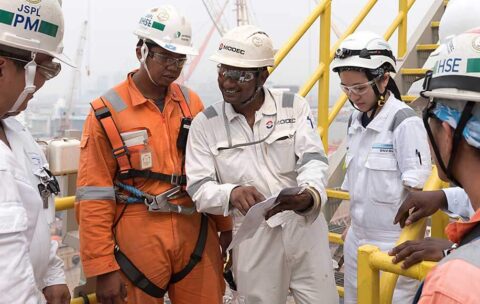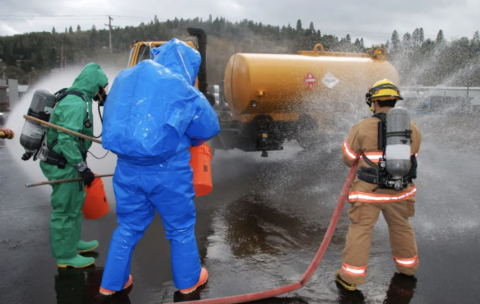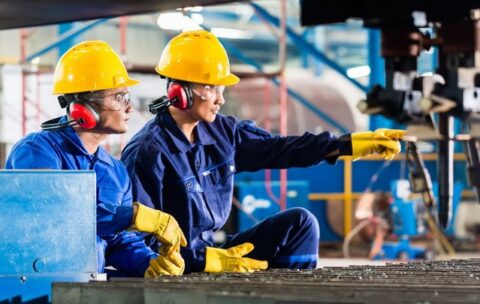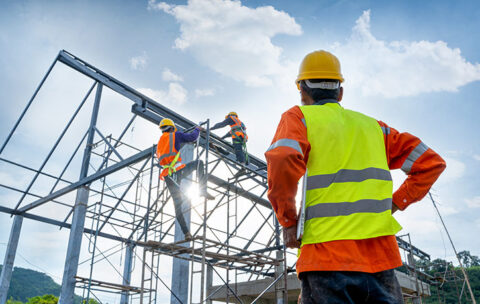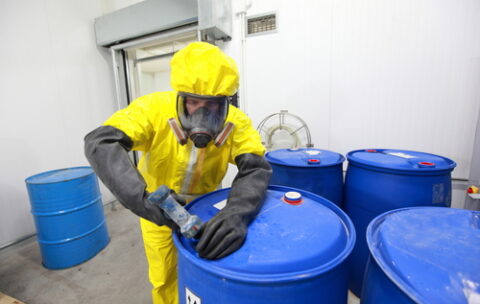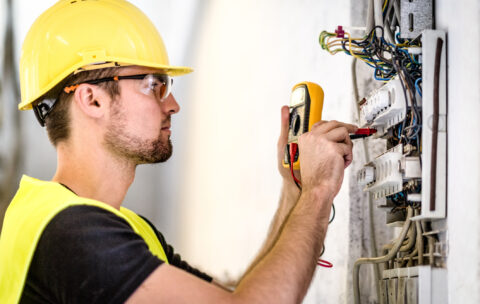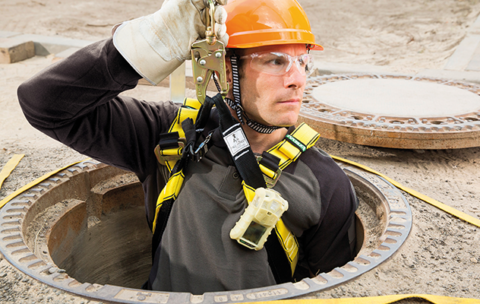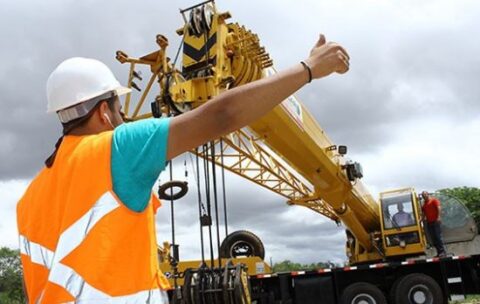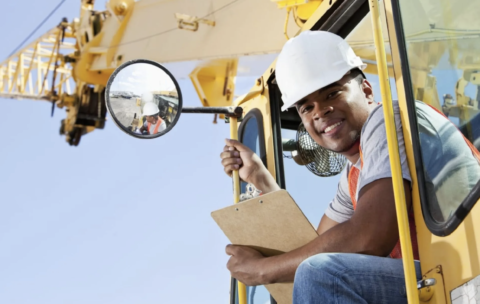Popular Instructors
All Corporate Training Courses
Lifting & Rigging
A chain is only as strong as its weakest link. …
What you'll learn
By the end of the training a participant would be familiar with:
Definitions
Hazard Recognition
Crane Types and Classifications
Employer Responsibilities
Crane Components and Setup
Load Movement and Hoisting
Working around overhead power cables
Emergency Response
Types, Selection, and Use of Rigging Material
Rigging Material Inspection
Wire Rope, Connectors, and Slings
Chain and Synthetic Slings
Crane Operator
This interactive course on Crane Safety is designed to remind …
What you'll learn
Hazard Types & Recognition
Qualifications requirements
Crane Components & Operations
Definitions
Safe Site Operations
Training requirements
Crane Types & Classifications
Emergency Response
Rigging
Inspection criteria
Signals
Case Studies
Hazardous Spill Response
The Hazardous Spill Response program is designed to provide participants …
What you'll learn
Hazard Identification: learn how to obtain hazard and risk information quickly from documents such as HAZCHEM Placards, Product Labels and Manufacturer's Safety Data Sheet (MSDS).
Properties and behavior: know how chemicals may behave in different circumstances when released from their containers.
Chemical effects and first aid: the ways in which you can be exposed to substances, the effects they may have on you and some simple steps to take if you come into contact with them.
Assessing the situation: consider how far an incident may have progressed and what might happen next.
The theory of response: learn how to plan a response instead of rushing in. A tool to guide you from start to finish with response options and incident site management arrangements, and debriefing before leaving the scene.
Emergency Response Team
An organization may face several types of disasters. Disasters could …
What you'll learn
People-centered preventive approach to disaster risk
Disaster risk reduction practices
Design and implementation of policies, plans and standards
Integration of disaster/hazard risk in management practices
How to coordinate with other agencies engaged in rescue
Specialized response for rescue and relief
Capacity building (technical, financial, functional)
Improving preparedness and response (before, during, and after disaster)
Improving technical skills of the responders
Improve coordination of disaster response
Quality and availability of emergency management tools
Raise the expertise level
Conducting awareness program in the work vicinity and community
Mock drill to ensure proper coordination
Effective preparedness and response
Mock Drill
Sensitization of employees is highly essential considering the fact of …
What you'll learn
Purpose of conducting mock drill
Mock drill design as per the principles
Objectives of mock drill
Common safety problems at workplace
Ways to conduct mock drill
Systematic way of conducting mock exercises
Role of management, emergency manager, authorized response person, and workers for conducting mock drill
Escape plan in case of emergency
Guidelines to be followed before, during, and after mock drill
Evaluation of mock drill
Implementation of emergency plan
Fire Fighting
Fire is the most common hazard for any workplace be …
What you'll learn
Fire prevention in general
Necessary action to initiate upon discovering a fire
Method of raising alarm
Right method of calling emergency services like Fire Service Department and Police
Location and use of firefighting equipment
Knowledge on escape in case of fire, meet at assembly point, roll call procedure
Isolation of power supply and machinery parts
Evacuation procedure including arrangement for people with disabilities
Close of smoke doors, etc.
